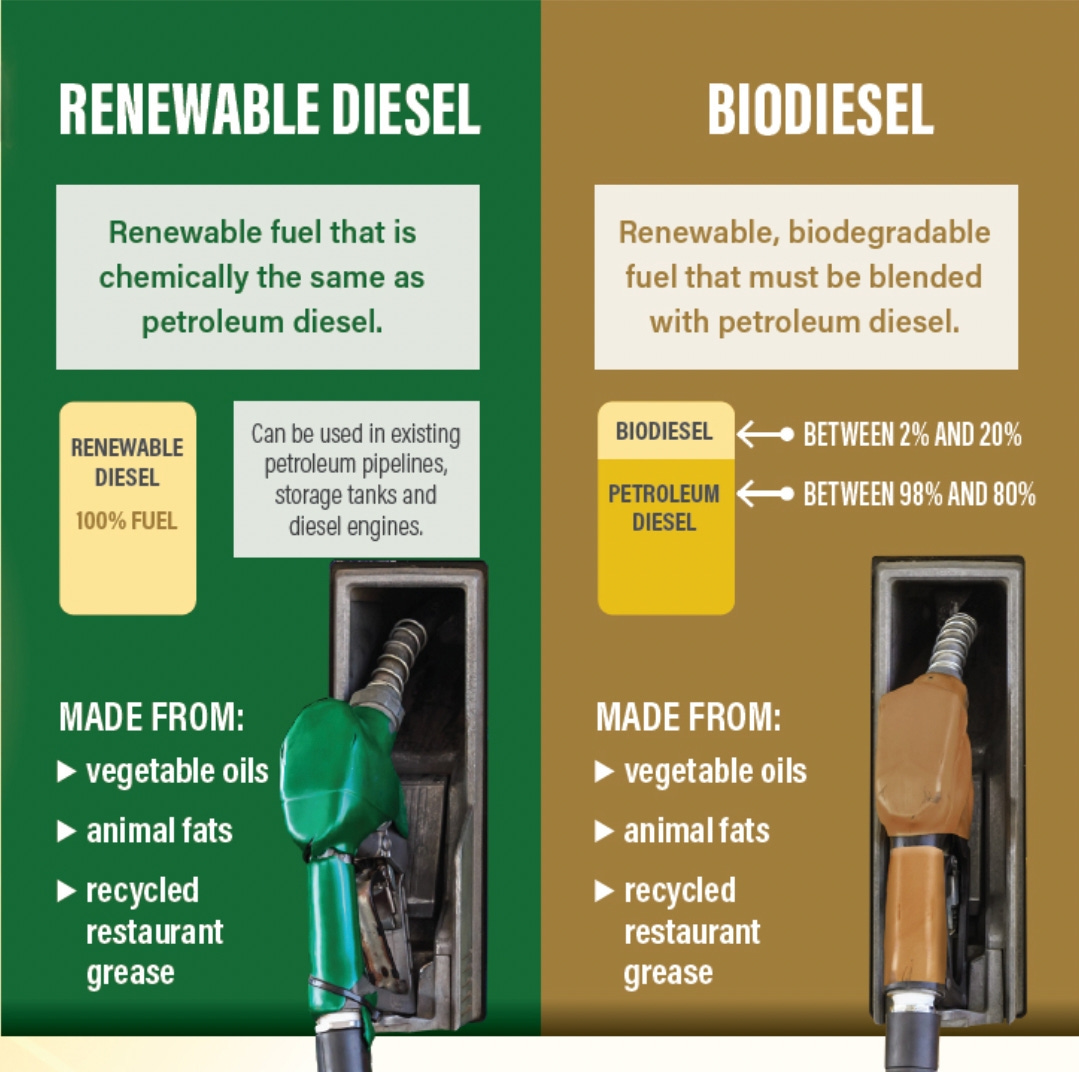Rodeo Clowns
A close look at the renewable diesel market.
“If you can't feed a hundred people, then feed just one.” – Saint Teresa of Calcutta
Just north of Berkeley in the San Francisco Bay Area sits one of the oldest petroleum refineries in the US. Originally constructed by Union Oil Company of California (Unocal) in 1896, the facility benefits from its strategic location along the Carquinez Strait, making it easy to ship crude oil in and refined products like gasoline and diesel out. Currently owned by Phillips 66, the Rodeo Refinery had a capacity to handle approximately 90 thousand barrels per day (bpd) of crude as recently as 2023.
Given its proximity to the beating heart of the US progressive environmental movement, the Rodeo Refinery has been targeted for closure for decades. In 2020, Phillips 66 came up with an ingenious idea to relieve such pressure while gaining access to a bounty of taxpayer money from the State of California: It would convert the Rodeo Refinery into one of the largest producers of renewable diesel in the world, branding the project with the perfect-for-our-times moniker “Rodeo Renewed.” A company press release dated April 1, 2024 describes the effort as well on its way (emphasis added throughout):
“Phillips 66 (NYSE: PSX) today announced a major milestone in its conversion of the San Francisco refinery into the Rodeo Renewable Energy Complex, expanding commercial scale production of renewable diesel.
The Rodeo Renewed project has progressed, with the facility now processing only renewable feedstocks and producing approximately 30,000 barrels per day of renewable diesel. The Rodeo Renewable Energy Complex is on track to increase production rates to more than 800 million gallons per year (50,000 BPD) of renewable fuels by the end of the second quarter, positioning Phillips 66 as a leader in renewable fuels.”
As the name implies, renewable diesel differs from its fossil-fuel-derived counterpart in that the carbon atoms embodied within it are from harvested plantstuffs like soybean oil and used cooking oil. In the world of environmental semantics, this alone makes the fuel “good” and “green” and “carbon neutral.” Virtually indistinguishable from regular diesel at the molecular level, renewable diesel is a drop-in replacement that requires no new infrastructure or changes at the consumer level, giving it a huge advantage over biodiesel. While biodiesel is also synthesized from renewable feedstocks, its chemical structure differs from diesel in important ways that relegate its use to that of an additive to existing diesel formulations.
Renewable diesel is a huge hit with all involved. For refiners, an oil still comes into their facilities and diesel still exits them, but suddenly they find themselves on the correct side of the environmental debate. Long-haul truckers love that no engine changes are required and that it’s business as usual on the highways. Farmers benefit from the newfound demand for their crops, akin to what transpired decades ago with corn ethanol. Wall Street enjoys creating entire markets for carbon credits and the associated Renewable Identification Numbers (RINs) that have been mandated into law, replete with banking, advisory, and trading fees. It doesn’t hurt that raising money to fund projects like Rodeo Renewed is a relatively easy sell. Politicians, let us not forget, are happy to be seen as doing something for the environment without putting any new burdens on constituents.
Given this fact set, the momentum behind the push for renewable diesel is understandable, but what is the true potential of this technology? What are the tradeoffs involved in diverting farmland to produce fuel, and is this even net beneficial for the environment? As usual, there is more to the story than is contemplated in the hype.



